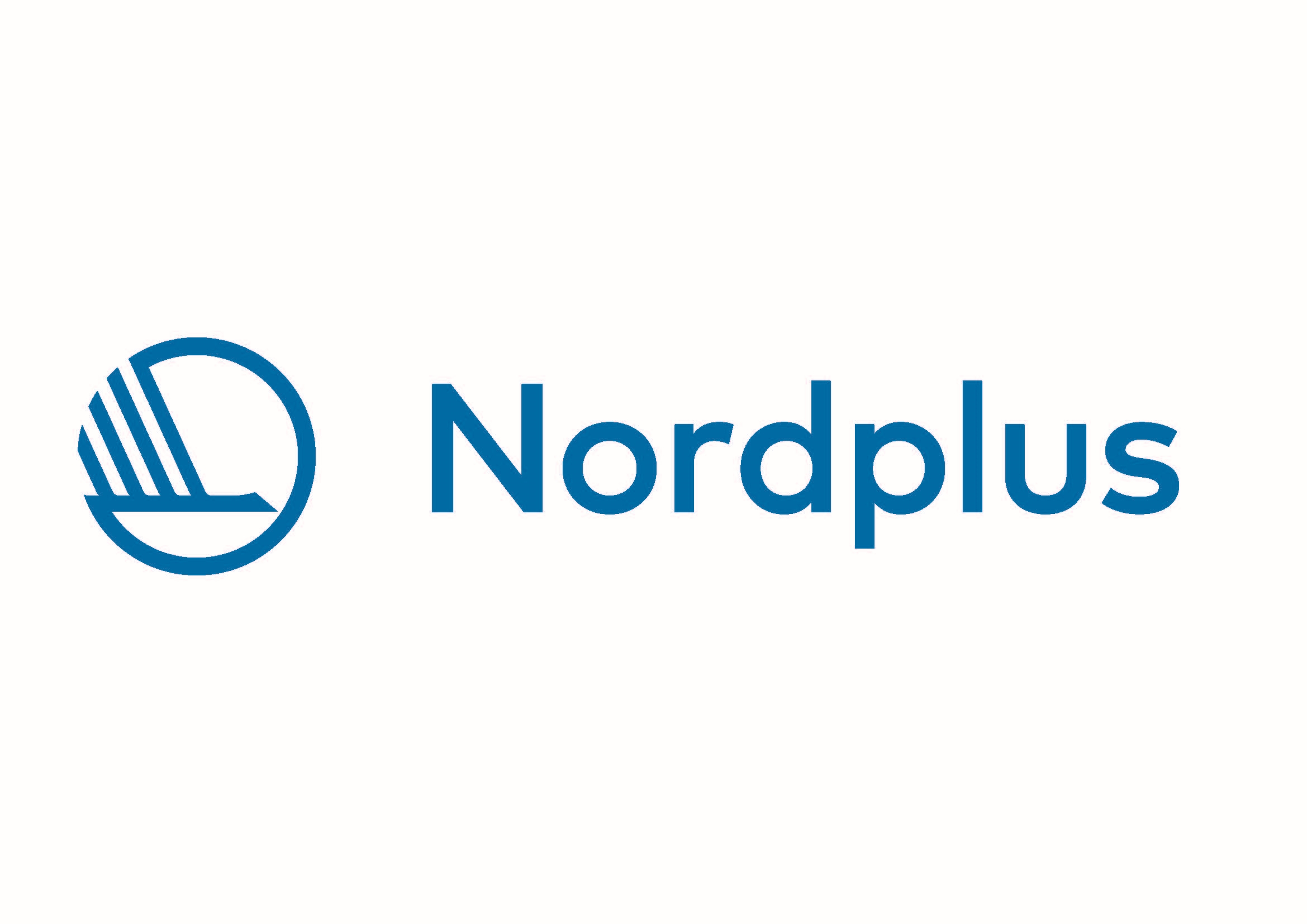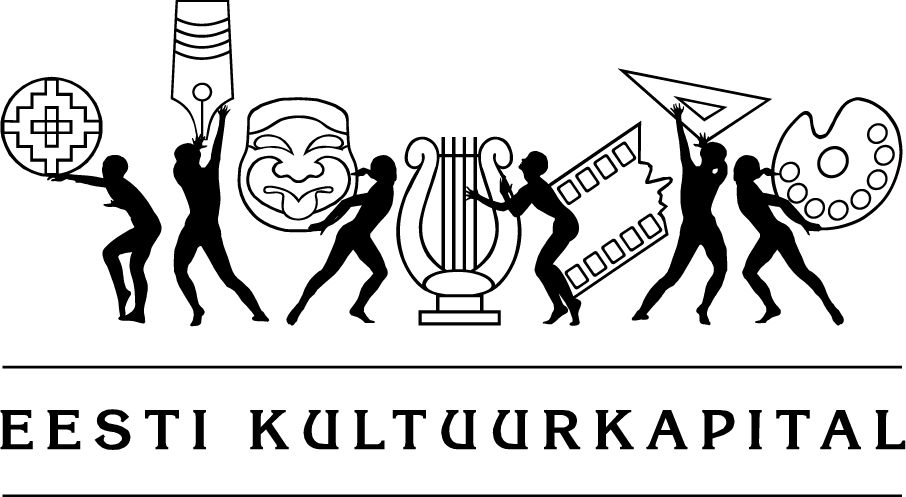Craft Conference 2019
Preliminary themes
Preliminary lecturers and theme proposals
The program and division of themes between various sessions will be specified by September 2019.
- Craft Research Methods in Finnish Craft Teacher Education by Päivi Fernström and Sirpa Kokko (University of Helsinki, Finland)
- Education in the Craft of Weaving – The Impact of Changes by Annelie Holmberg (Uppsala University, Sweden)
- How to teach methods for identifying textile techniques without practical training? by Hanna Bäckström (Uppsala University, Sweden)
- Making wadmal by Eli Wendelbo (University of South-Eastern Norway)
- Moving among Traditions: On the Transmission and Development of Traditional Craft Knowledge in the Education of Contemporary Artists by Jan Lütjohann (independent sculptor, Academy of Fine Arts / University of the Arts Helsinki, Finland)
- Traditional Crafts. Case of Art Academy of Latvia by Inese Sirica (Art Academy of Latvia)
- Craft curricula, school workshops and the reality gap by Lars Runnquist (University of Gothenburg, Sweden)
- How to build a Craft Laboratory by Linda Lindblad (University of Gothenburg, Sweden)
- What unites the craft sciences? Examples from practitioner-research in the field of craft by Tina Westerlund, Camilla Groth & Gunnar Almevik (University of Gothenburg, Academy of Design and Craft, University of South-Eastern Norway, Sweden & Norway)
- The department of conservation at Gothenburg University by Lars Runnquist (University of Gothenburg, Sweden)
- UT Viljandi Culture Academy Native Crafts Department by Ave Matsin
- Craft research methods in master theses of Estonian native crafts by Kristi Jõeste (UT Viljandi Culture Academy)
- Blind tasting wine – a survey between hermeneutics and phenomenology by Harald Collin Bentz Høgseth (University of Gothenburg, Sweden)
- E-learning in traditional crafts by Göran Andersson and co. (University of Gothenburg, Sweden)
- Semiotic modalities emerge from web-based training and direct learning of hand-to-hand skills in the culture by Kristel Põldma (University of Tartu, Estonia)
- Fish Skin: Sustainability, Craft and Material Innovation and its application to Fashion Higher Education by Elisa Palomino (Central Saint Martins, University of the Arts, UK)
- Re-fashioning traditional practice and products among India’s block printers and dyers: sustaining heritage in collaboration with the fashion, education and the cultural sectors by Eiluned Edwards (Nottingham Trent University, School of Art & Design, UK)
- Safeguarding Heritage Wool: Craft Scholars and Collaboration by Mathilde Frances Lind (Indiana University Bloomington, USA)
- Facilitating Craft Studies through Museum Collections by Carol Christiansen (Shetland Museum and Archives, UK)
- Latvian folk applied arts studios – social responsibility or place of knowledge transfer by Linda Rubena (Latvian National Centre for Culture)
- Ládjogahpir rematriated –taking back a female object in Indigenous Sámi society by Eeva-Kristiina Harlin (Giellagas Institute, University of Oulu, Finland)
- From necessity to political tool. The codes of traditional Sámi dress in transition by PhD Sigga-Marja Magga (University of Oulu, Finland)
- Weaving Women into History: The 20th Century Irish Housewife and Wicker Shopping Baskets, c.1920-1960 by Rachel Sayers (independent researcher)
Poster presentation proposals:
- Testing and presenting the possibilities of local sustainable fibers suitable for textile design by the students of Pallas University of Applied Sciences, Estonia
1) Weaving Freedom: Experimental Fabrics from Sustainable Fibres by Mari-Triin Kirs
2) Possibilities of Processing Local Wool in Estonian Wool Factories. Testing and Using Estonian Woollen Yarn for Creating a Knitted Product by Siiri Nool
- Reflections on Finland’s 100-year-history through the designs of contemporary woolly socks by Anna Kouhia (University of Helsinki, Finland)
- Weaving traditional shirt of Setomaa by Kadri Vissel (UT VCA)
- Pleating in Estonian traditional costumes by Age Raudsepp (UT VCA)
- Men’s traditional sheepskin coats in Estonia by Made Uus (UT VCA)
- Old and new textiles in Estonian Orthodox churches, the Estonian craft heritage or the production of foreign factories by Madli Sepper (UT VCA)
- Traditional Double Ikat Skirts of West Estonia by Liis Luhamaa (UT VCA)
The event is supported by the Nordic Councel of Ministers through Nordplus Higher Education Programme (NPHE-2019/10037 – Higher Education on Craft Traditions NN/2019) and Cultural Endowment of Estonia



